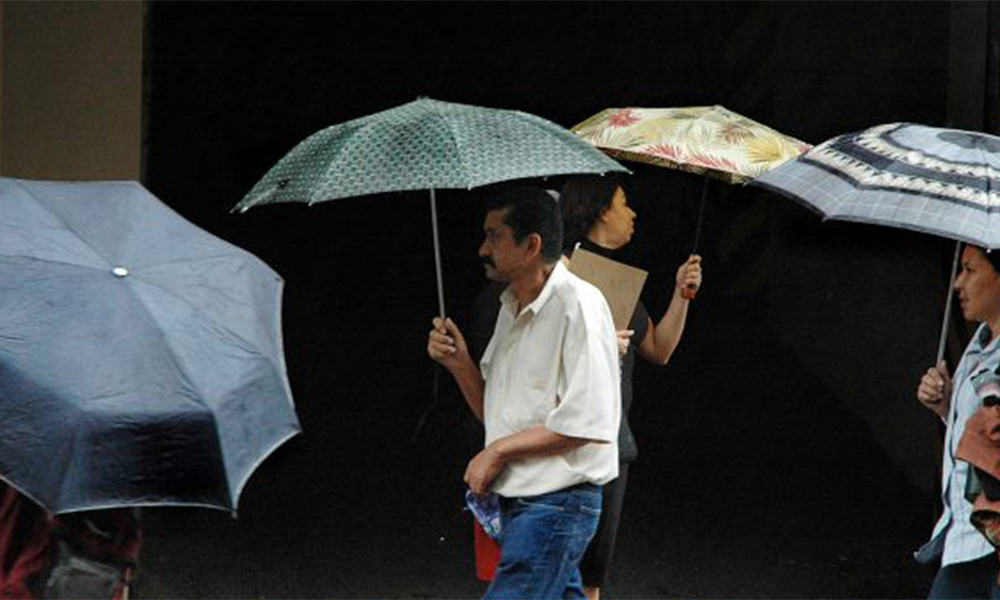The Italians have a great expression: “Tutti i gusti son gusti,” or “All tastes are tastes.” This is also true of beliefs, customs, traditions and, sometimes, even laws. In other words, none of the following is meant to be judgmental or offensive. What is curious or abnormal in one culture is perfectly reasonable in another. Here are some examples of what I mean.
Psychic January. Last January, in the village where I live, people were saying that according to Las Pintas, we were going to have “mucho verano” (a lot of summer) this year. Las Pintas are the first 12 days of January, and each day represents a month of the year. Jan. 2 represents February, Jan. 3 represents March and so forth. The weather on each of these days is a prediction of the weather in each of the corresponding 12 months of the year. It is an extended version of our Groundhog Day.
A Dangerous Calm. Costa Ricans believe that earthquakes, whether small ones (temblores) or large (terremotos), only occur when everything is absolutely still –no wind, no rain. When the leaves on the trees aren’t moving, Ticos get nervous. When I first came here, I thought it was a superstition, but after being here for 15 years, I must admit that it seems to be true. Every time I’ve experienced a temblor, it has been as still as can be outside. I don’t understand it, but that’s the way it happens.
Cleaning Up the Environment. The campesinos here shave the hillsides along roads down to the dirt when the rainy season starts. This is called “cleaning,” and it is considered a must. As a result, when the heavy rain comes, massive mudslides occur. This, in turn, leads to loss of land and lots of repair expenses. My husband and I leave our hillsides along the road green, and we never have mudslides. But the people who live around us just don’t want to hear that what they’ve been doing for centuries is counterproductive. In fact, this year, a sweet neighbor boy took pity on us and “cleaned” our hillside for us. Now, we, too, are in danger of having a mudslide.
A Walk on the Wild Side. Costa Rican sidewalks, as many of you well know, are a chaotic patchwork; but do you know why? As it turns out, the people who own the land in front of the sidewalk also own the sidewalk and have the responsibility of maintaining it. This arrangement has two catches: there is no one to police the sidewalks and catch the owners who are failing to keep them up; and even if such police existed, it would do no good, as the fines are very small. This tends to kill the motivation to make improvements.
Poor Toad! Many Costa Ricans, even the most educated, believe that if you are sick, you can get well by catching a sapo (toad), rubbing it all over your body and then hanging it upside down. When it dies, you get well. I can’t vouch for the effectiveness of this cure because I’ve never felt like going toad hunting when I was sick. Besides, I’m convinced it would make me feel sicker to hang some luckless creature upside down.
Getting Unstuck. Costa Ricans define a certain intestinal malaise as a pega (pegar primarily means “to stick”). I once heard a Costa Rican doctor on the radio explain that a pega was an excess of the fatty substance that lines the intestines. The cure for this disorder is sobar, which means “to work something until it is soft.” In this case, however, it means to massage vigorously (and how!) the lower part of an arm. Only certain people know how to do this correctly. I have had it done (rather against my will). It didn’t help. I know that it does help Ticos, but I don’t know if this is because of faith or some secret that modern medicine has not discovered.
Christmas in July. Costa Rican weather follows the typical pattern of tropical countries. From about the middle of November until the last part of April, the rain slows to a near stop on the western side of the country. The weather becomes glorious on the beaches. The Central Valley and the mountains surrounding it, however, often suffer temperatures in the 50s and 60s (Fahrenheit) in December and January because of the winter air coming down from the north.
Then, from May until November, it begins to rain buckets, usually in the afternoons. The mornings, though, tend to be hot and muggy because of spring and summer up north. In other countries, these two seasons are, of course, called, “the rainy season” and “the dry season.” Not so in Costa Rica. Despite the cold of the Central Valley and Costa Rica’s location north of the equator, Ticos call November to May verano (summer) and May to November invierno (winter). As a result, I often find myself freezing in summer and roasting in winter.
What about the Caribbean side, you ask? She’s a nonconformist. Generally unpredictable, the Caribbean plans her sunniest time during the rainiest time on the Pacific side.
These are just a few examples of many in my collection. Stay tuned, and I’ll give you more next time.









